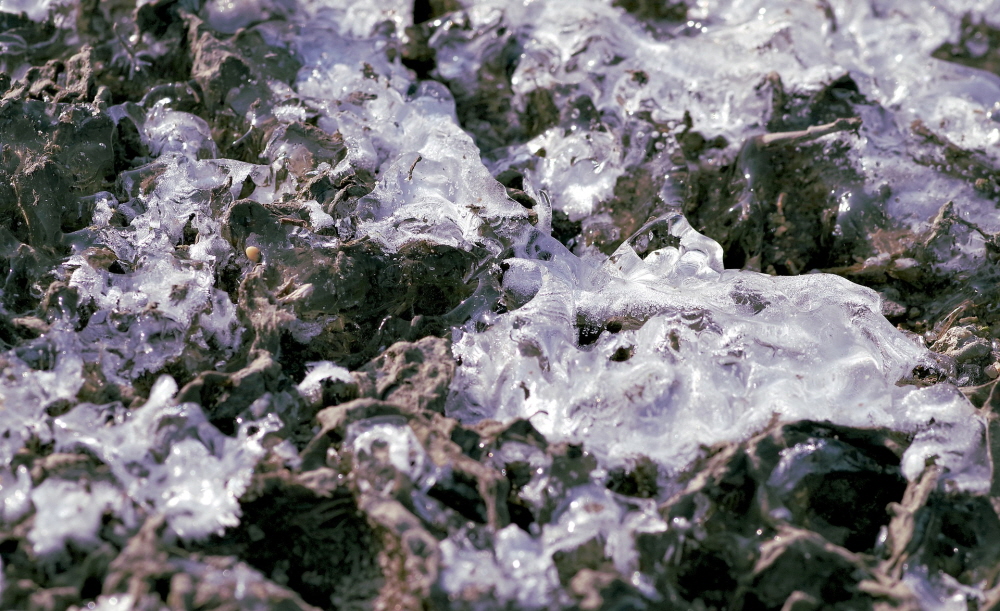
Global warming is caused by greenhouse gases including carbon dioxide. However, factors that increase carbon dioxide concentration include the use of fossil fuels and deforestation, as well as permafrost melting. As the permafrost melts, the carbon trapped inside is released into the atmosphere. A research team at the University of Northern Arizona released the results of investigating carbon emissions from permafrost melting.
Permafrost refers to a region in which the month with an average monthly temperature of below zero continues for more than half a year and is frozen throughout the year. It occupies a whopping 20% of the entire northern hemisphere continent. There is no doubt that the permafrost is melting due to global warming, but it is known that the permafrost contains a lot of carbon, so that carbon is released into the atmosphere as it melts.
Anthropogenic carbon emissions can be deliberately suppressed by humans, such as conversion from fossil fuel power generation systems to clean energy. However, the melting of permafrost depends only on temperature changes, so humans cannot indirectly affect it.
Researchers have pointed out from the past that warming progresses and many permafrost melts, and that warming is further progressed by carbon dioxide and methane gas released from this area. Knowing the amount of carbon dioxide released by melting of such permafrost can be important for global warming countermeasures.

The research team conducted a study to measure how much carbon was released by permafrost melting. At first glance, measuring carbon emissions in permafrost seems simple. However, it is said that it is difficult to quantitatively measure the carbon emitted, such as soil density changes depending on the depth and subsidence of the ground due to melting.
To solve this problem, the team decided to measure the ash remaining in the soil. It is said that by quantifying the amount of carbon corresponding to the ash content, which is a relatively stable component in the soil, the amount of carbon released by measuring the amount of ash and carbon remaining after the permafrost melted.
A five-year survey of Alaska frozen soil, which had begun melting due to climate change, found that more than 5% of the carbon contained in thawed permafrost was released into the atmosphere annually. Previous predictions calculated that 5-15% of carbon contained in all tundra will be released by 2100, but based on the results of this study, it is known that 70% of the carbon released from permafrost is estimated.
The results of this study have a greater impact than predicted so far and suggest the risk that global warming will proceed rapidly. The research team stressed that research measuring the amount of carbon released from permafrost is an important but overlooked measure of the scale of permafrost’s impact on global climate change. Related information can be found here .


















Add comment